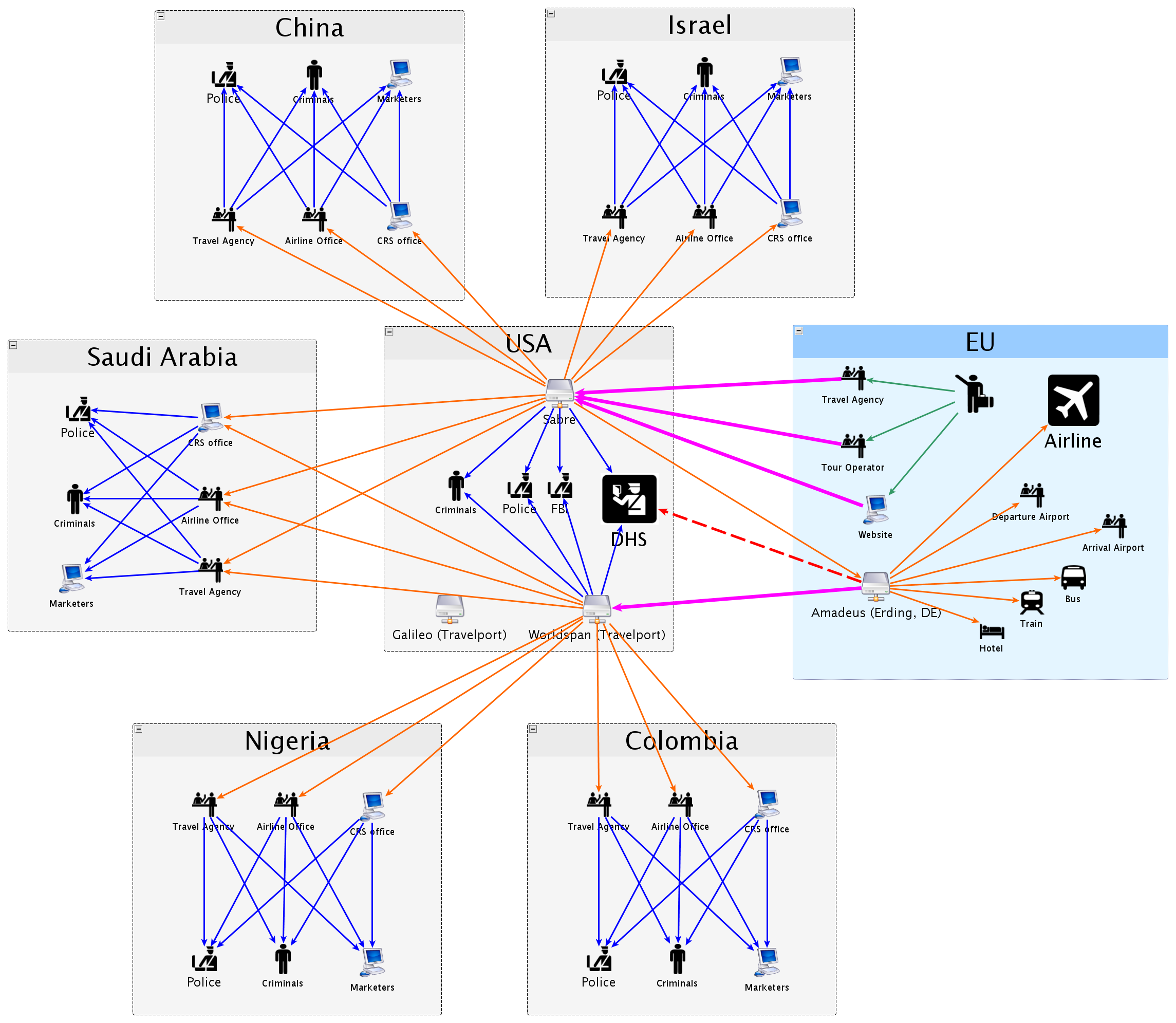More US violations of citizens’ right of return
In yet another flagrant violation by the US government of its obligations as a party to the International Covenant on Civil and Political Rights, the US has placed a US citizen on the no-fly list while he is under detention and awaiting deportation from Kuwait, where he reports having already been tortured. Because he can’t return to the US without flying, Kuwait won’t release him from custody (just as the US refuses to release prisoners in Guantanamo who have nowhere else to go except the US).
The New York Times broke the story yesterday of “Gulet Mohamed, a Somali-American who turned 19 during his captivity.” Today Glenn Greenwald has more including raw audio of his telephone interview with Gulet Mohamed, while Mother Jones reports on a press conference by his attorneys and members of his family back in the USA.
We’ve reported here and here on previous incidents of US citizens being denied their right of return, although none with such serious allegations of torture or where they were being detained abroad — not merely stranded in de facto extra-judicial exile — as a result of being unable to return to the US.
Article 12 of the ICCPR provides that, “Everyone shall be free to leave any country, including his own…. No one shall be arbitrarily deprived of the right to enter his own country.” But the US ratified the ICCPR with the reservation that it would not be “self-executing,” and still has not enacted any legislation explicitly effectuating the ICCPR or creating a cause of action in US courts for actions in violation of US obligations under the ICCPR. So neither Gulet Mohamed nor any of the other similarly-situated US citizens can raise the treaty violation in US courts.

